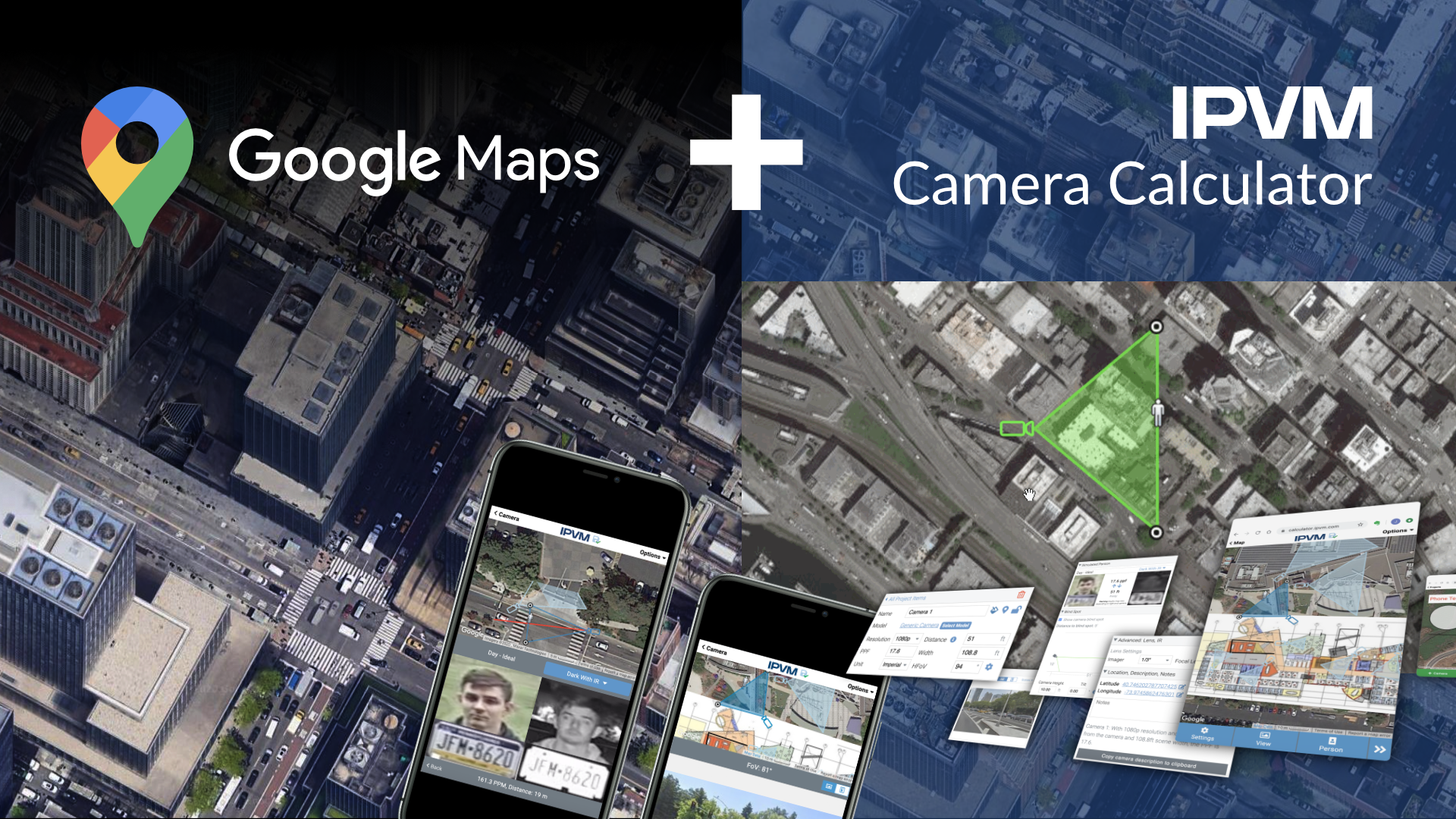Determine Focal Length
- Thread starter Chura
- Start date
You are using an out of date browser. It may not display this or other websites correctly.
You should upgrade or use an alternative browser.
You should upgrade or use an alternative browser.
To be frank, if you're asking the value of that slider in the web UI, its just a rough guess. If your varifocal goes only up to 13mm, half of that is is 7.5mm. I know its not precise, but it will do 
Last edited:
Try this calulator

 calculator.ipvm.com
or this simpler one
calculator.ipvm.com
or this simpler one

IPVM Designer / Calculator
Using Google Maps, layout and design cameras, choosing from 10,000+ models, delivering FoV and image quality previews plus export to PDF, Powerpoint and more
Last edited:
Or from "Tools" in the banner above - https://ipcamtalk.com/tools/calculators/focal/
Edited to add for those who don't know, hover over the slider in the camera's web UI to see the values for the calculator.
Edited to add for those who don't know, hover over the slider in the camera's web UI to see the values for the calculator.
Check out this area of the thread on the 5231 and see if it helps:
 www.ipcamtalk.com
www.ipcamtalk.com
Dahua Starlight Varifocal Turret (IPC-HDW5231R-Z)
Just a guess, but look for something reflecting the IR into the 5231R from the Hikivision or, alternately, re-orient one of them slightly. Yeah i turned the Dahua 90 Degrees and then did the same in the software. End result below attached Ignore the blacked out parts, was just giving a...
Thanks everyone.
I can't use IPVM, the resolution for Google Maps Israel is unusable
Since my camera (like most people) are used for peripheral security, why would I ever choose zoomed versions ?
Here is a picture from local GIS (Better resolution then Gmaps)

The green represent current 2231 Turret that cover that area (Focal at Min), But since its too far, I can't recognize faces in the parking (where all the building material now)
So I want to add another one where the purple dot.
Since I've never change focal for the green one, any reason I would like narrower focal in any other cam, or specifically the purple one ?
Thanks Guys, learned a lot here!
I can't use IPVM, the resolution for Google Maps Israel is unusable
Since my camera (like most people) are used for peripheral security, why would I ever choose zoomed versions ?
Here is a picture from local GIS (Better resolution then Gmaps)
The green represent current 2231 Turret that cover that area (Focal at Min), But since its too far, I can't recognize faces in the parking (where all the building material now)
So I want to add another one where the purple dot.
Since I've never change focal for the green one, any reason I would like narrower focal in any other cam, or specifically the purple one ?
Thanks Guys, learned a lot here!
You have it zoomed out almost all the way, so it's set to around 2.7 or 2.8mm. Any low MP camera (2MP) at that zoom/lens is useless except for an overall view, or very close ID. You either need to zoom in, or go with higher MP.
You need to test the location with a temporary setup. If you buy a 4mm lens camera and put it where the purple dot is, you might find it too close and it can't see what's directly in front of it. You might be better off putting a 2nd camera where your current one is, and zooming them both in so one is looking at the parking, and the 2nd at the road. Kind of like as if the green line with the 20 meter writing is the edge of one view and start of the other.
You need to test the location with a temporary setup. If you buy a 4mm lens camera and put it where the purple dot is, you might find it too close and it can't see what's directly in front of it. You might be better off putting a 2nd camera where your current one is, and zooming them both in so one is looking at the parking, and the 2nd at the road. Kind of like as if the green line with the 20 meter writing is the edge of one view and start of the other.
Last edited:
Use some simple geometry - similar triangles and ratios. Look at the specs for one of the cameras you are looking at. The ratio of the sensor width to the camera focal length will be the same as the ratio of the FOV to the distance to the object. Thus
FOV = (distance) * (sensor size) / (focal length)
Sensor size can be horizontal, vertical, or diagonal and the FOV will be the corresponding h, v, or d. This ratio breaks down when the camera has lots of distortion. If you use the size of a sensor pixel the FOV will be what an individual pixel would see. Even for a fisheye lens this will be correct in the center of the FOV.
FOV = (distance) * (sensor size) / (focal length)
Sensor size can be horizontal, vertical, or diagonal and the FOV will be the corresponding h, v, or d. This ratio breaks down when the camera has lots of distortion. If you use the size of a sensor pixel the FOV will be what an individual pixel would see. Even for a fisheye lens this will be correct in the center of the FOV.

